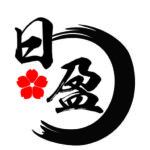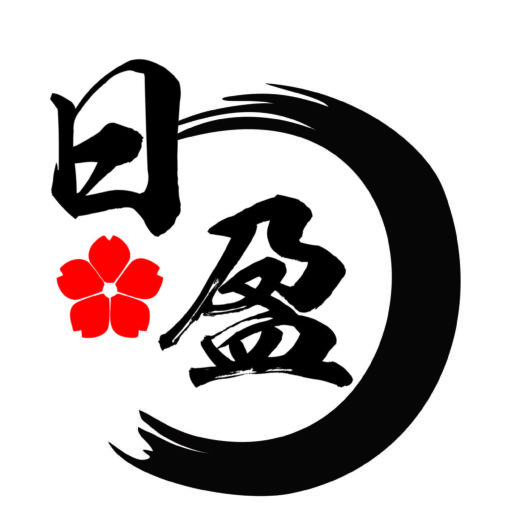Akita
Kakunodate Buke Yashiki

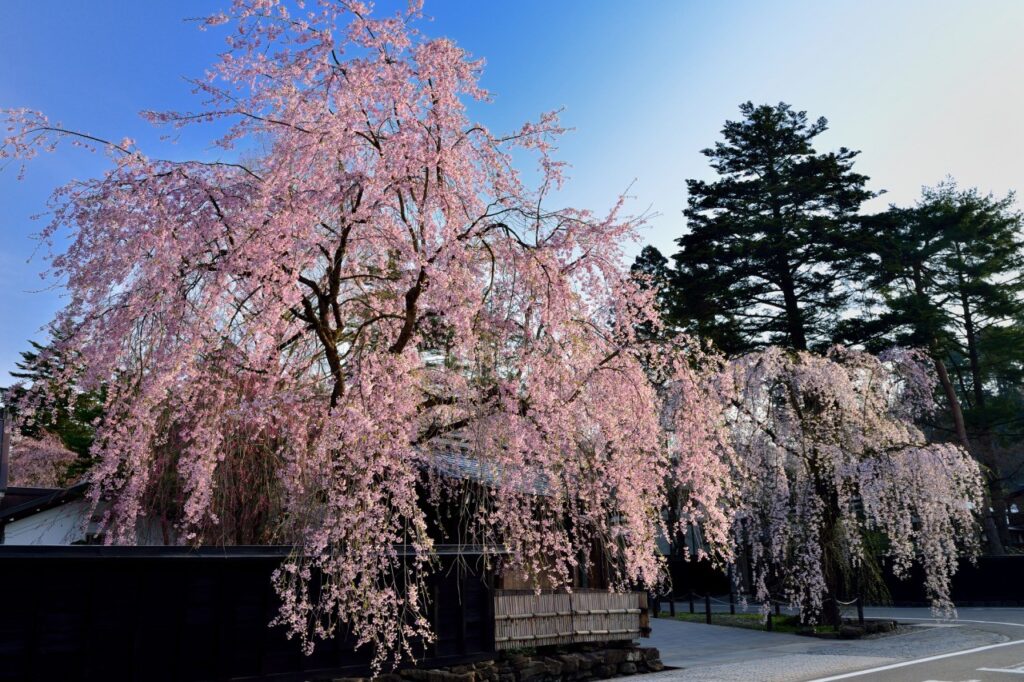
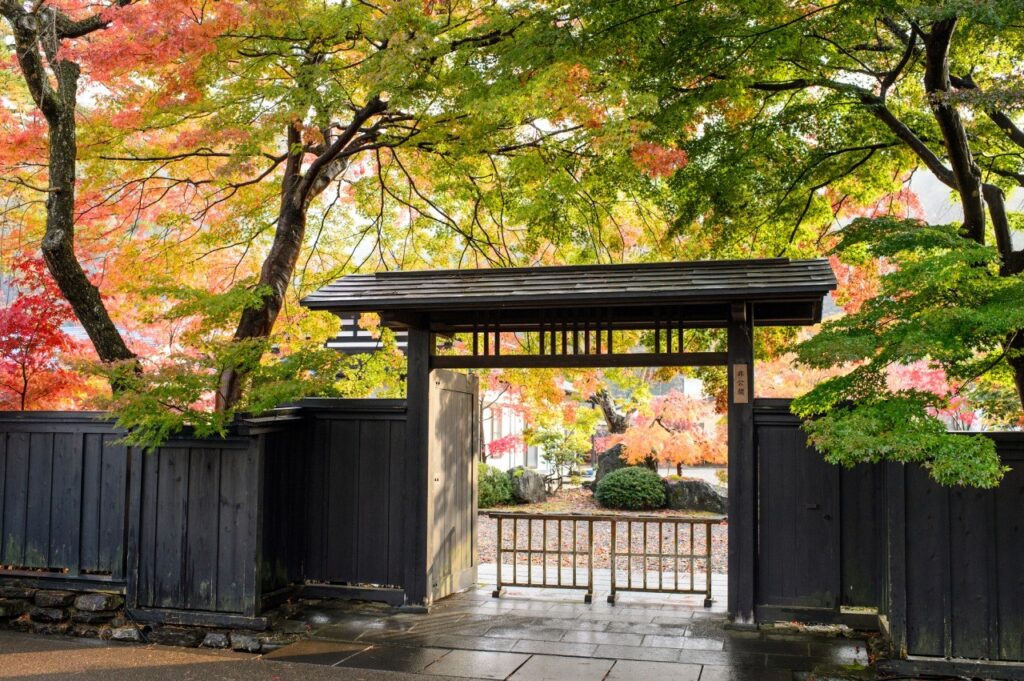
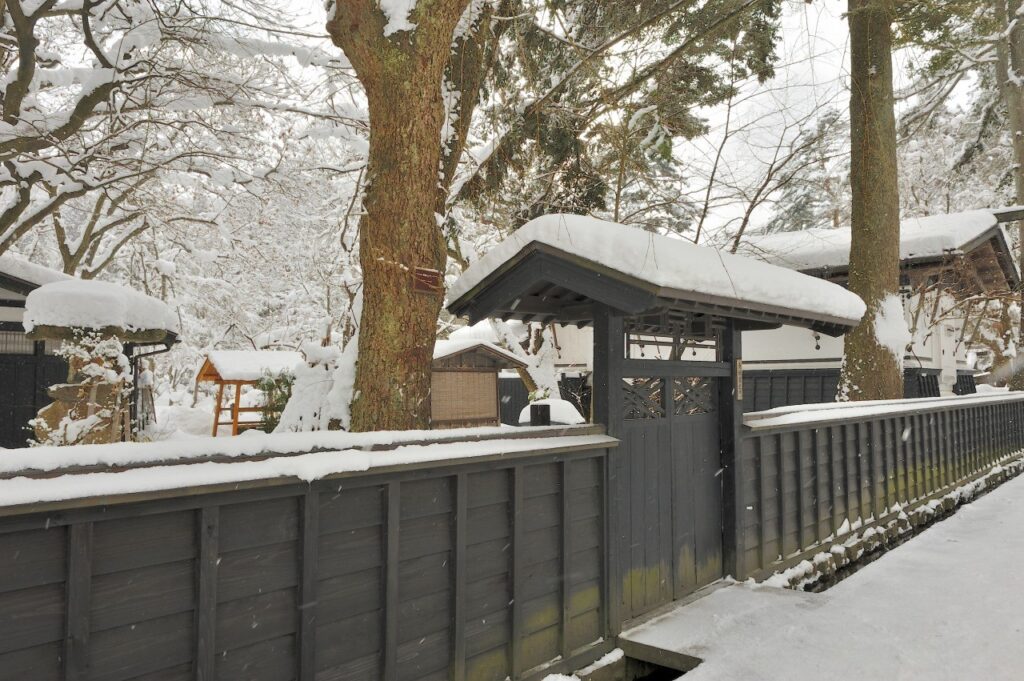
Kakunodate, a castle town that flourished in the Edo period, is called “Michinoku’s Little Kyoto. In a compact area with a radius of about 2 km, many samurai residences and other old buildings still exist, and it is a popular tourist spot visited by many Japanese and foreign tourists in search of the elegant townscape. Cherry blossoms, fresh greenery, autumn leaves, and snowy scenery…each of the four seasons has its own charm, but the area is especially famous for its cherry blossoms, which are at their best from late April to early May, when the area is crowded with many people.
There are approximately 400 weeping cherry trees in Kakunodate Town, 162 of which are designated as national natural monuments. The weeping cherry tree’s color against the black walls of samurai residences creates an indescribable atmosphere befitting the name “little Kyoto,” and it has captured the hearts of not only foreign visitors but also Japanese people.
Aspite Line Snow Corridor
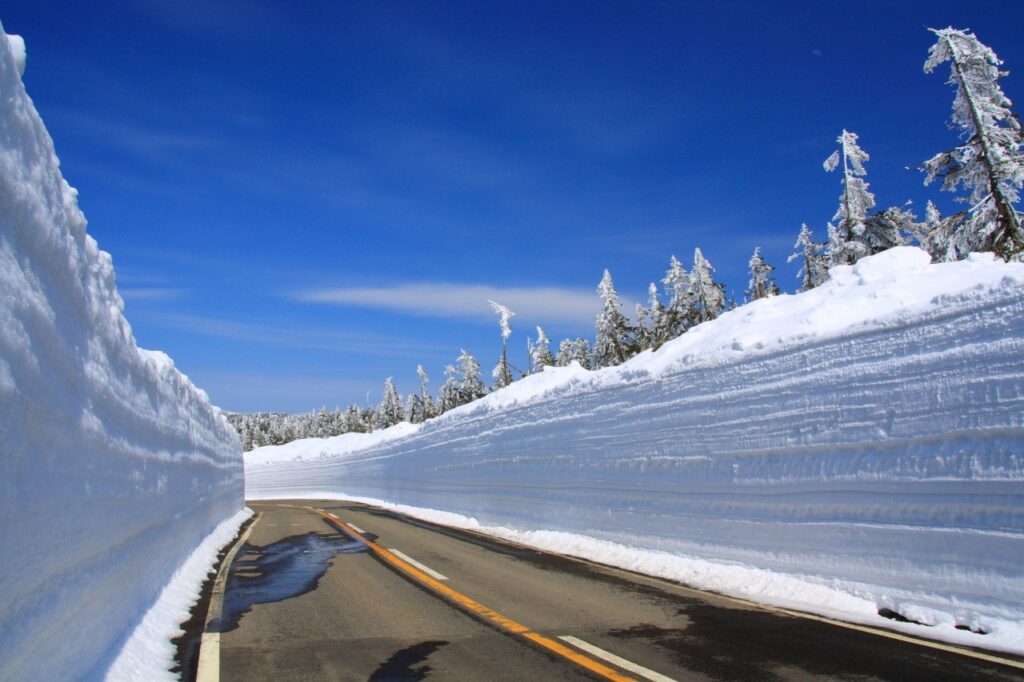
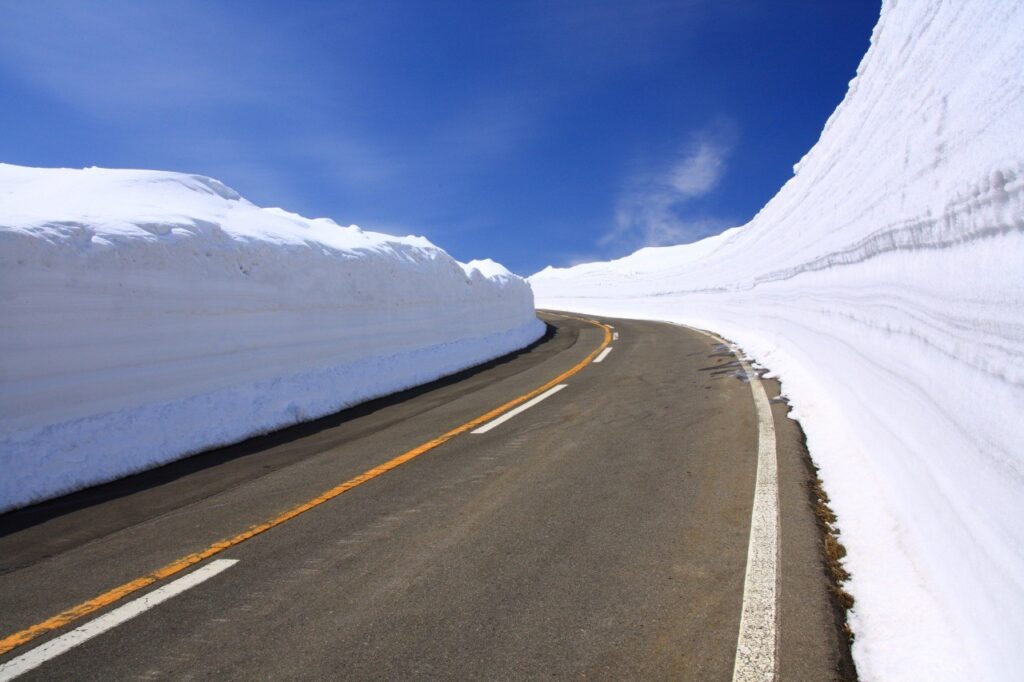
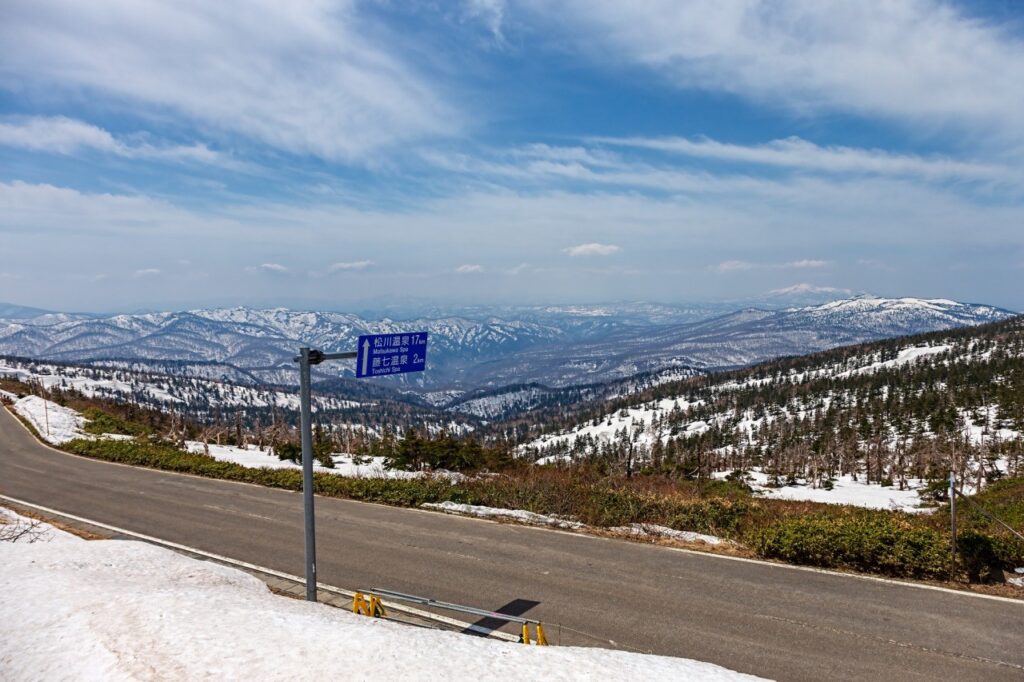
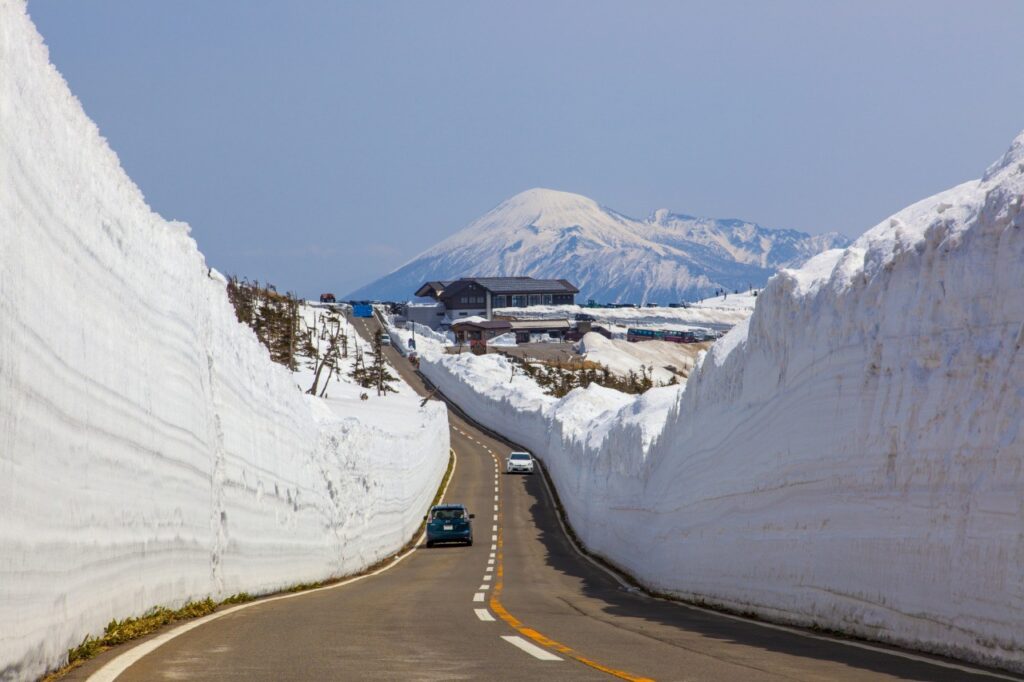
Hachimantai, which straddles Iwate and Akita, is a plateau-like mountain range that rises 1,613 meters above sea level. The Hachimantai Aspite Line is a 27-km-long driveway that crosses the Hachimantai Mountains from the Hachimantai Gozaisho district in Iwate Prefecture to Toloko Onsen in Akita Prefecture. During winter (early November to mid-April), the road is closed to all traffic, and the “snow corridor” is a wall of snow created when the snow is removed. Since there are many cherry blossom viewing spots at the foot of Hachimantai, it is popular to enjoy the snow corridor and cherry blossoms at the same time. The “Hachimantai Walking Bus: Cherry Blossoms and Snow Corridor,” which operates during the season, is also recommended.
Lake Tazawa, Tatsuko Statue
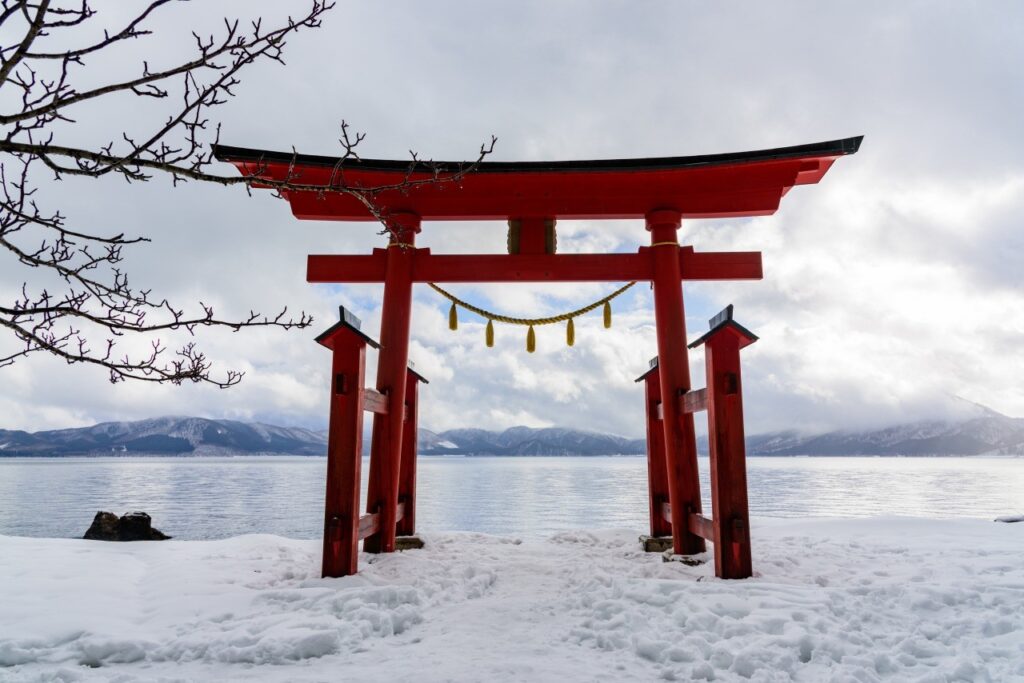
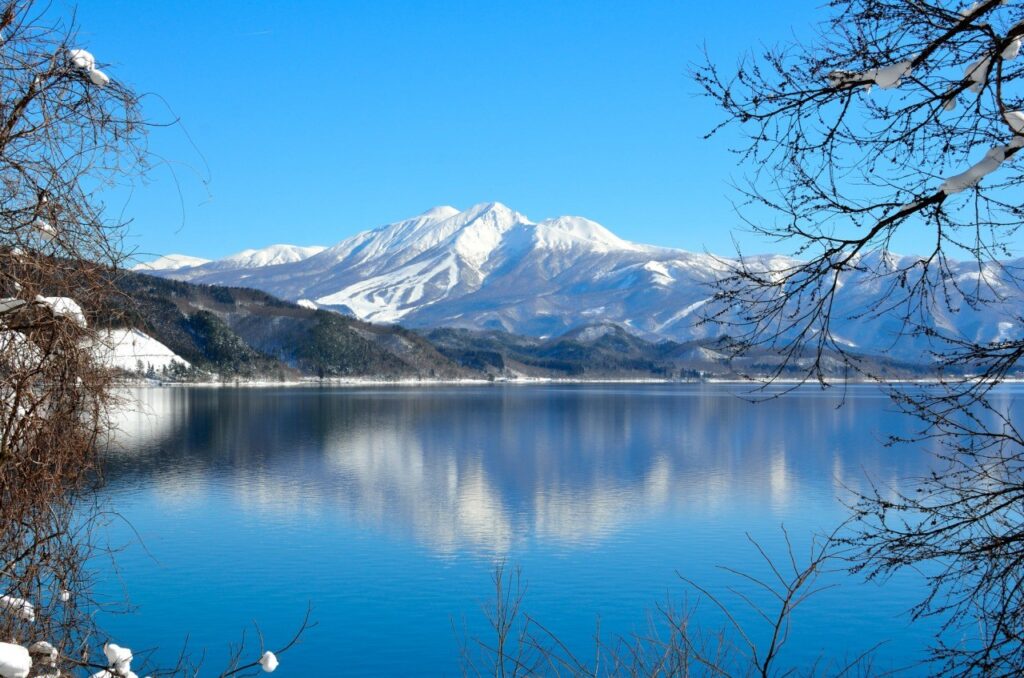
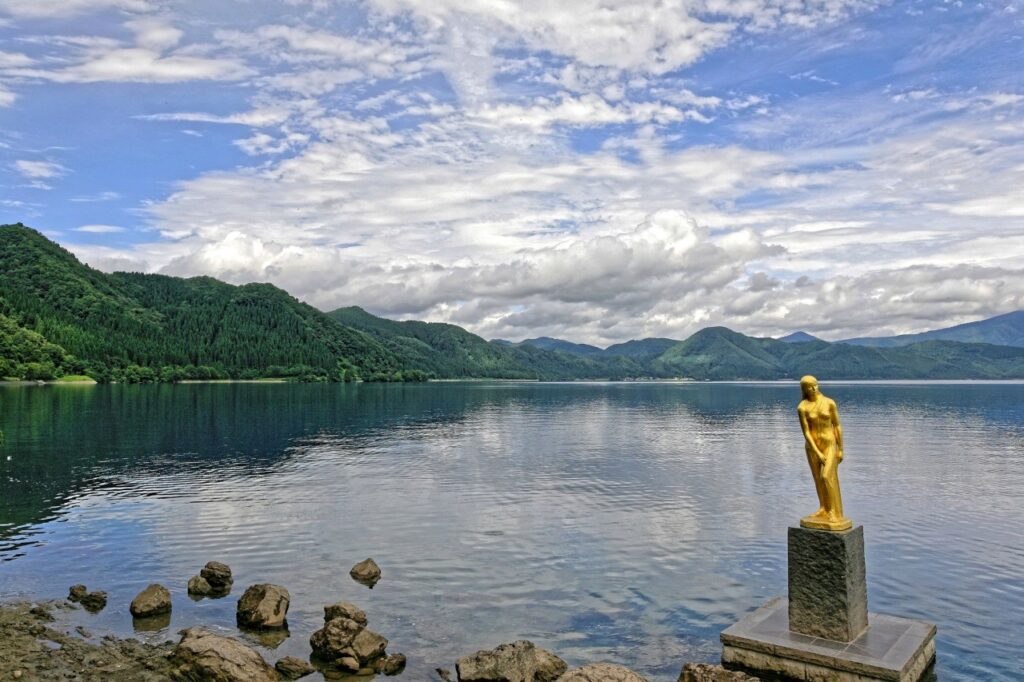

Lake Tazawa is a scenic spot that has been selected as one of the 100 most scenic spots in Japan.
The lake is the deepest lake in Japan, with a depth of 423.4 m. It is a scenic spot that has been selected as one of Japan’s 100 scenic spots and is worth seeing as its surface changes from brilliant lapis lazuli to azure to indigo. The lake is a scenic spot selected as one of the 100 most scenic spots in Japan. The colors change depending on where you look, so cycling, trekking, and driving along the lakeside are also recommended. If you camp, you can also enjoy the changes with the time of day. Tatsuko Statue, a golden statue of a woman standing against the backdrop of the magnificent lake, is a famous spot on Lake Tazawa. The statue was erected based on a legend that once upon a time, a girl named Tatsuko, who wished to keep her beauty forever, turned into a dragon and threw herself into Lake Tazawa.
Happari Pass Observation Deck
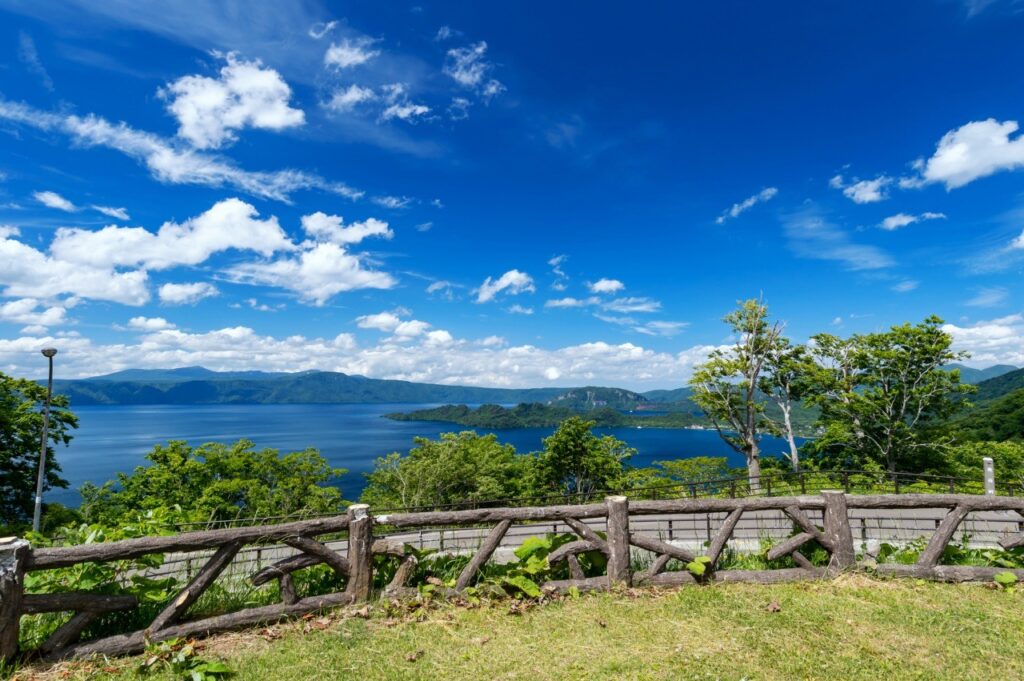
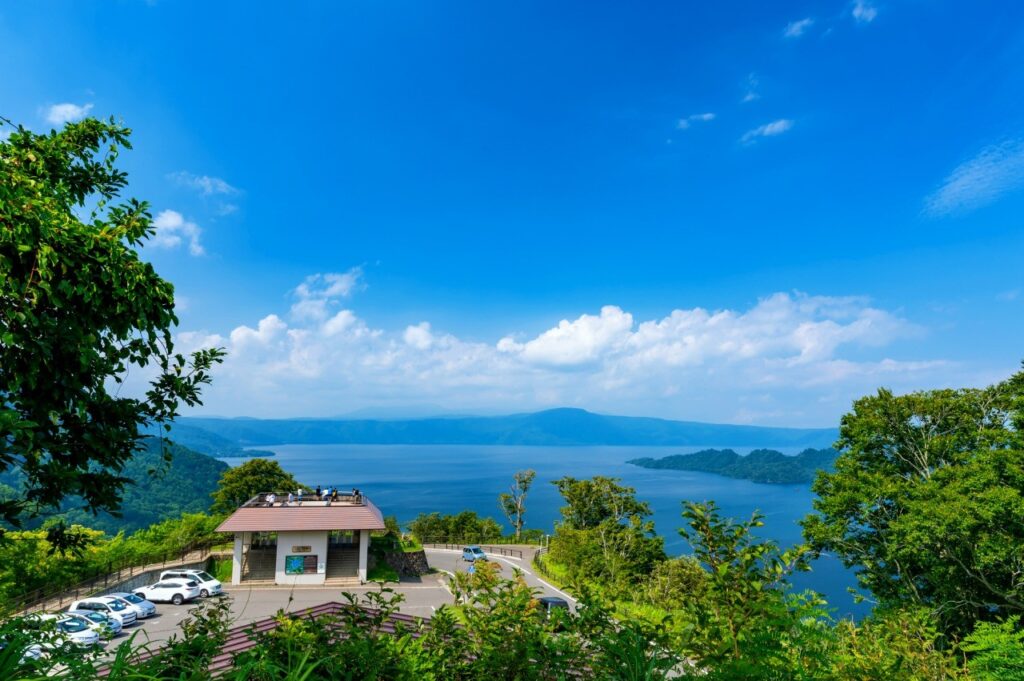
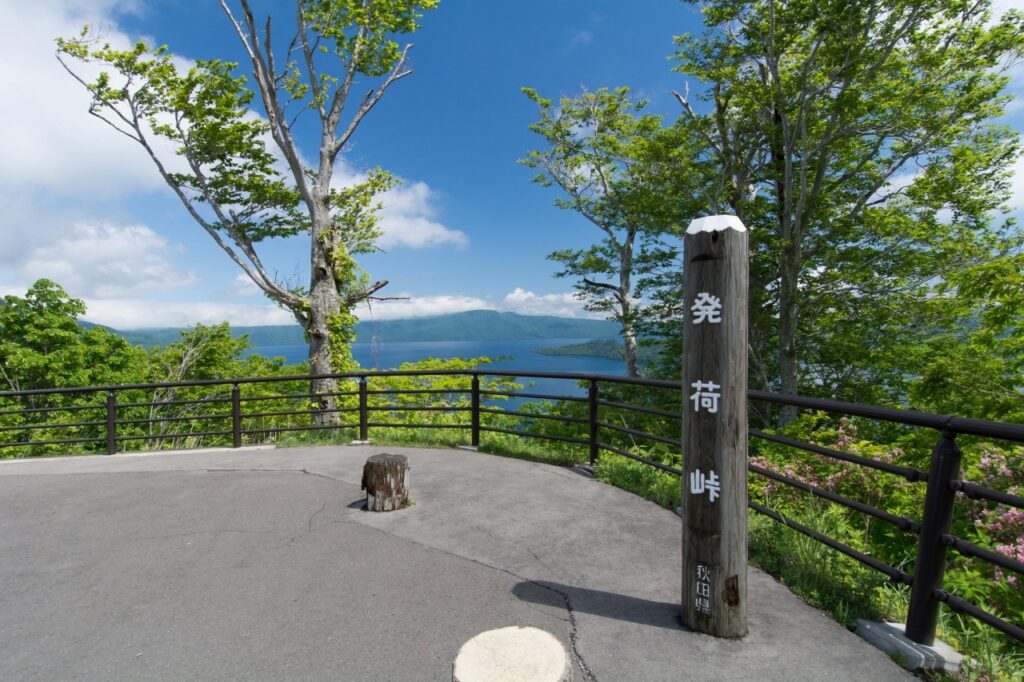
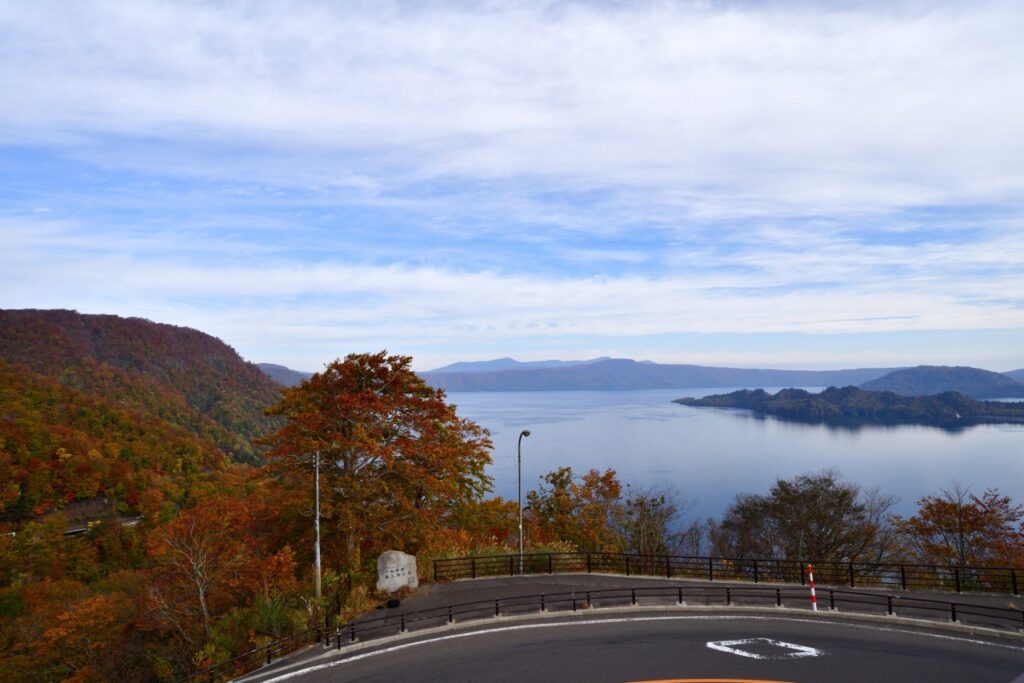
There are a number of observatories overlooking Lake Towada, but the view from the Hatari Pass Observatory, located at the end of the Jukai Line, is reputed to be the best in Towada Lake. When you climb up to the 631-meter-high observatory, the outer rim of Lake Towada rises in front of you, and the beautiful blue of the lake’s surface attracts people.
Hogae Gorge

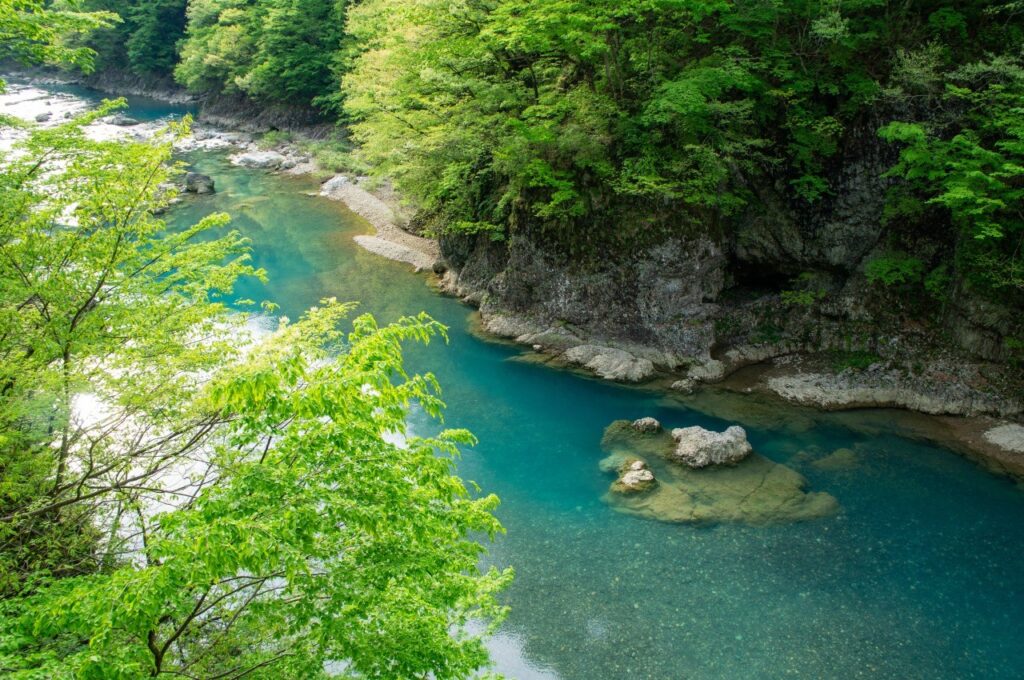

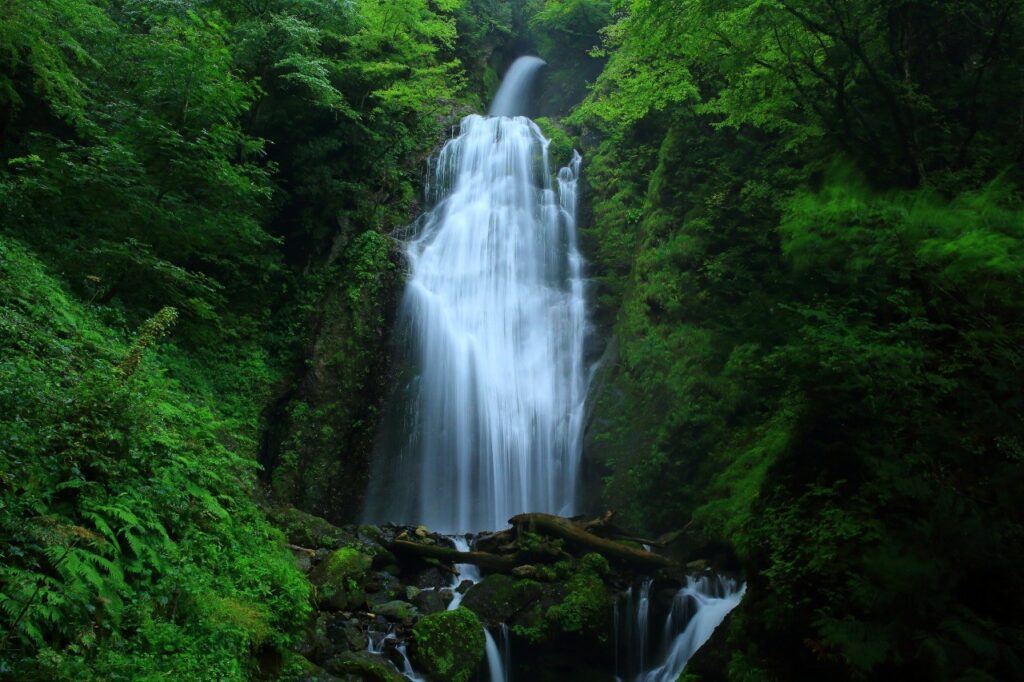
Hodogari Canyon, with its beautiful and mysterious azure mountain streams, is also famous for its fresh greenery and autumnal foliage. It was named “Hogareri” because the mountain path was so narrow and steep that people had to hold each other as they passed each other.
The best season is from mid-June to late August when the leaves are fresh green, and from early October to early November when the leaves turn red. Especially during the autumn foliage season, the “Hogareri Momiji Matsuri (Autumn Leaves Festival),” entertainment performances, tea ceremonies, and other events attract many people.
Shirakami Mountains
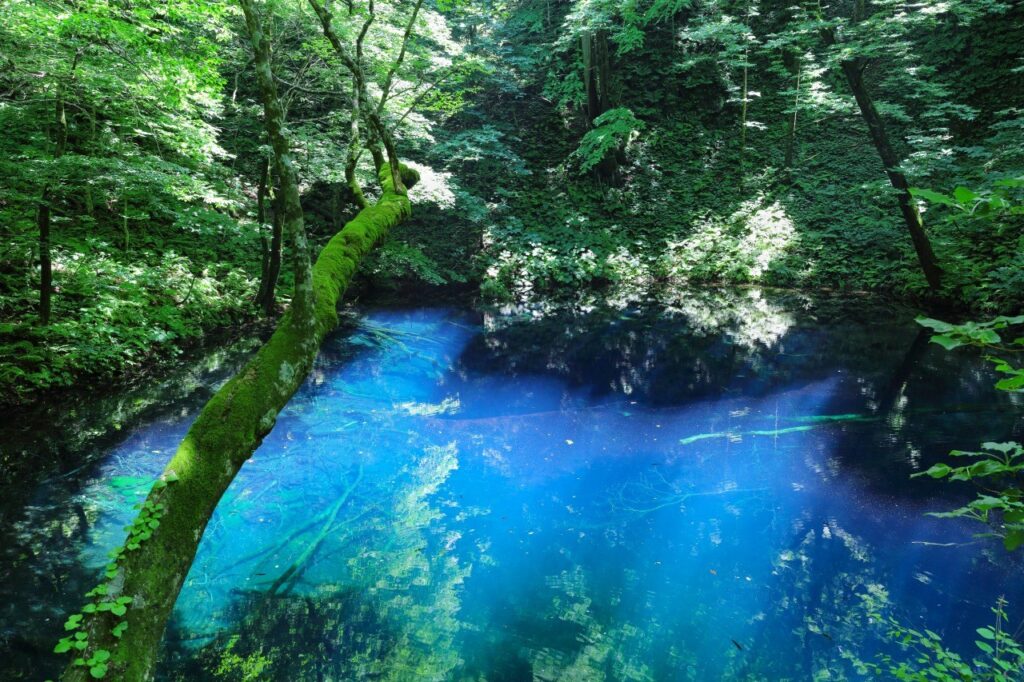
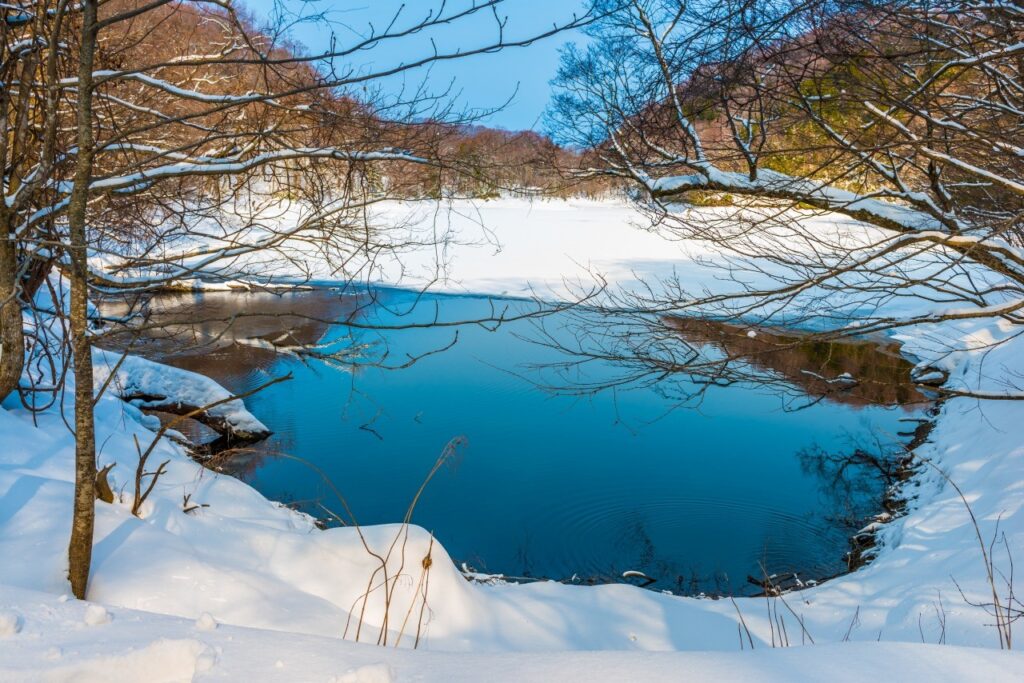
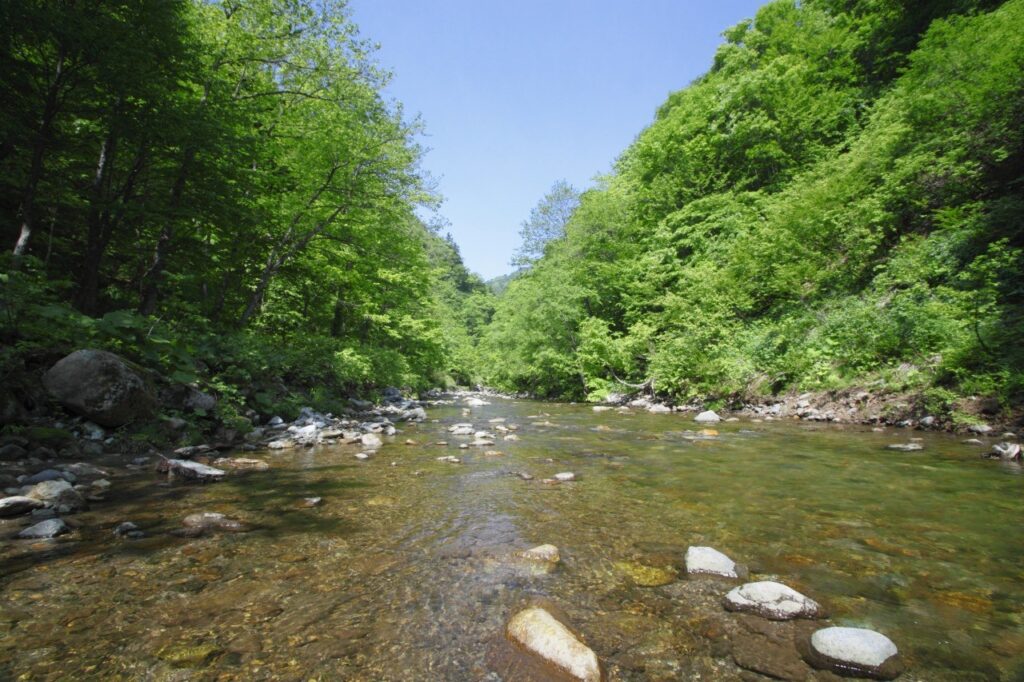
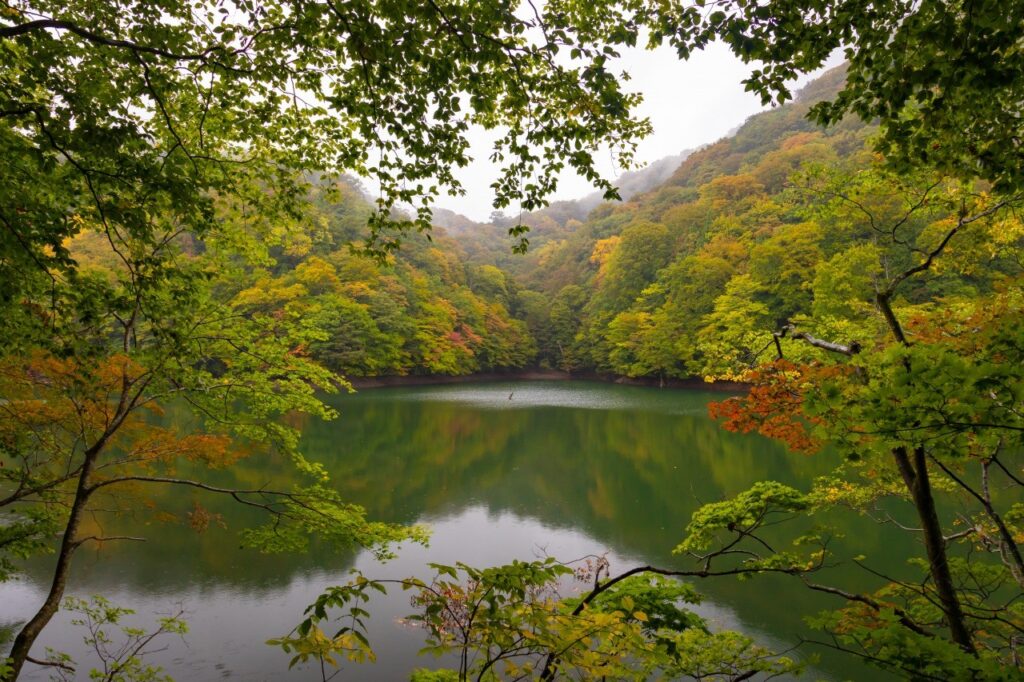
The Shirakami Mountains, registered as a UNESCO World Heritage Site (Natural Heritage ), is a mountainous region spanning Aomori and Akita prefectures. It is home to one of the world’s largest primeval beech forests, and of the 130,000 hectares of primeval forest, 17,000 hectares, the core area, is registered as a World Natural Heritage site. Although walking within the registered area is challenging, there are various walking routes in the surrounding area that allow visitors to experience the divine nature of the Shirakami Mountains.
Hachimantai Hot Spring Resort
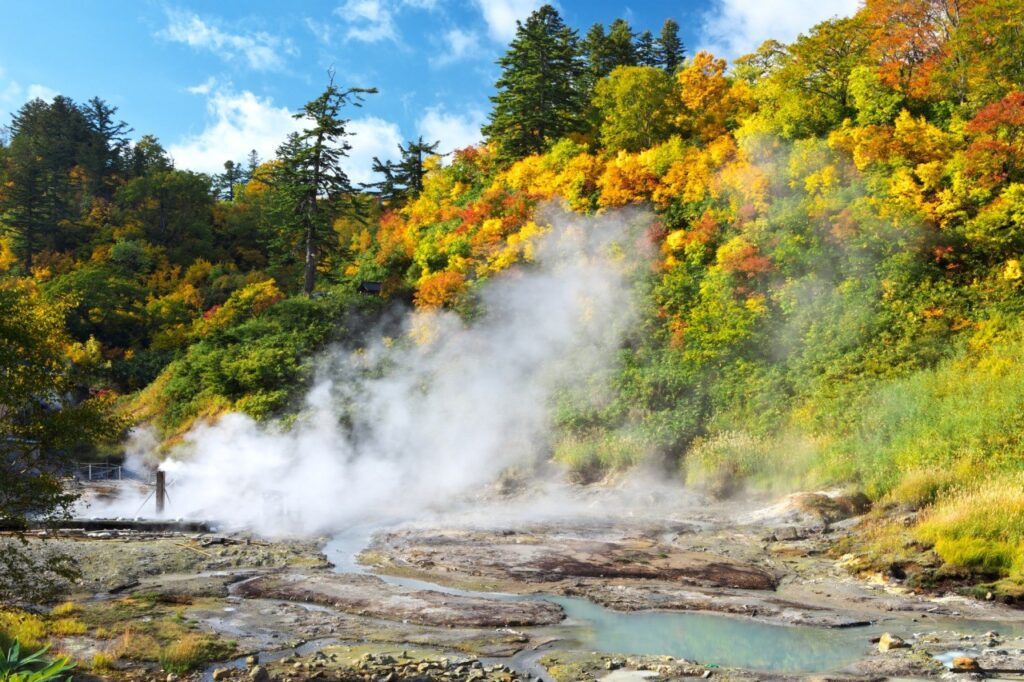
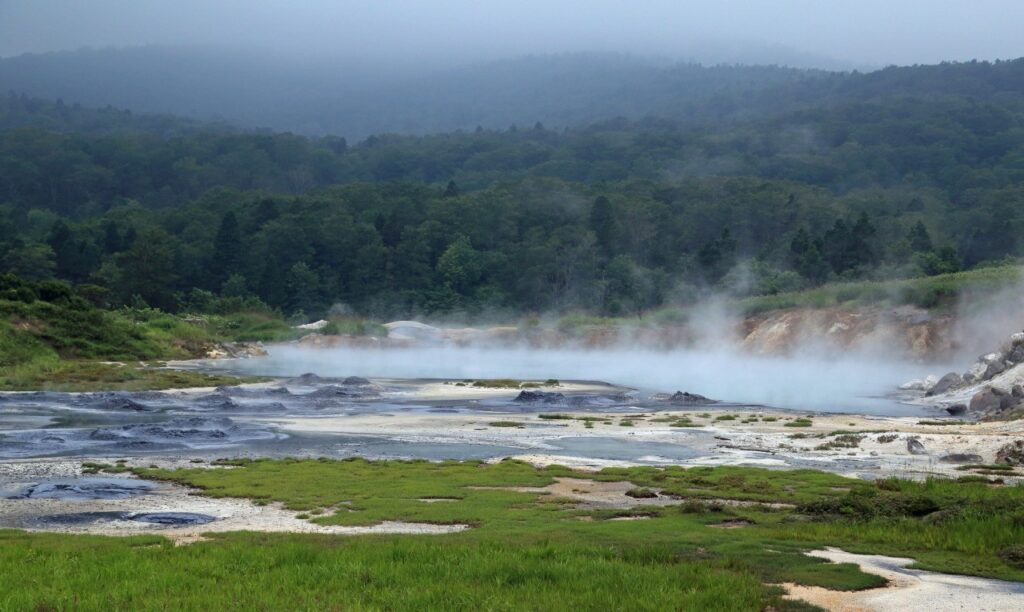
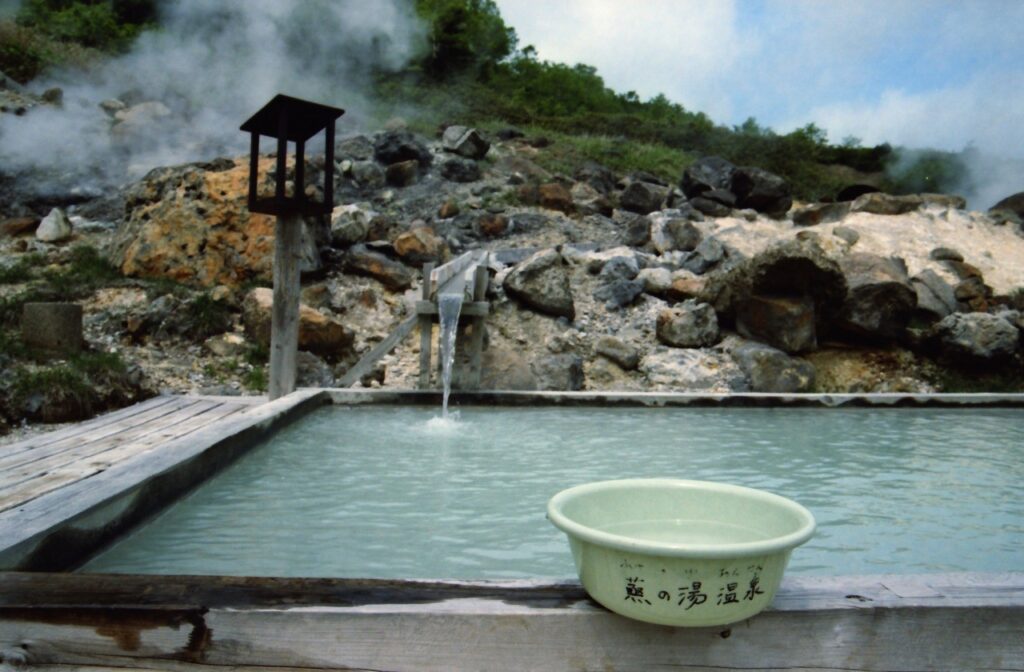
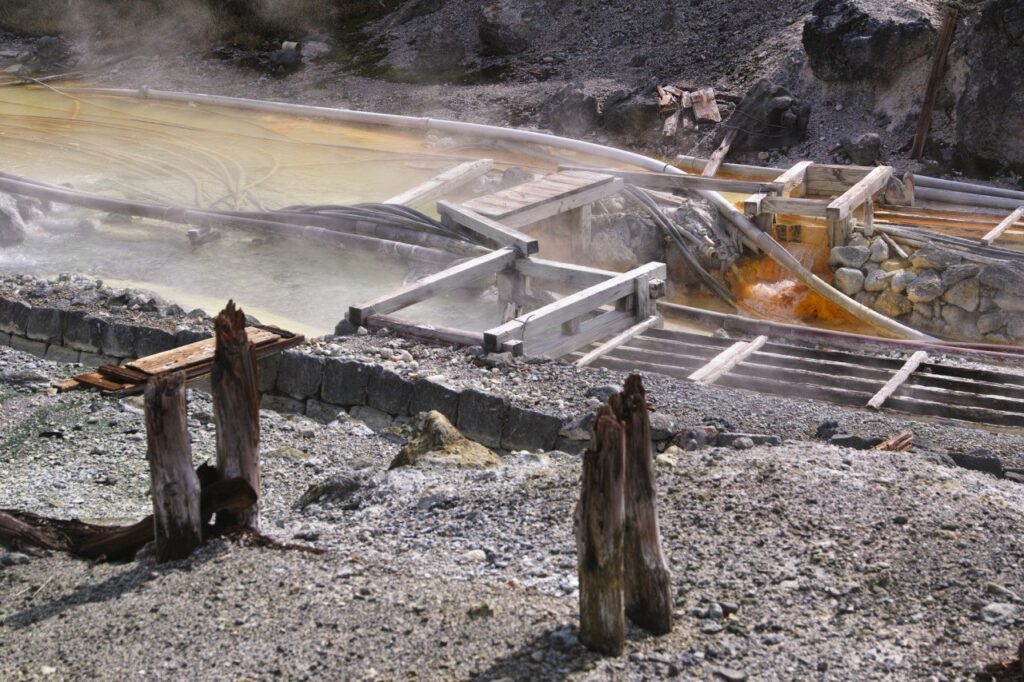
Hachimantai, which stretches across the border between Iwate and Akita prefectures at an elevation of 1,613 meters, has many high-quality hot springs, benefiting from its volcanic location. On the Akita Prefecture side are Tamagawa Onsen, Gojokake Onsen, Steamanoyu Onsen, Ohmuka Onsen, and Onuma Onsen, and on the Iwate Prefecture side is Toshichi Onsen.
Moriyoshi Juhyosan
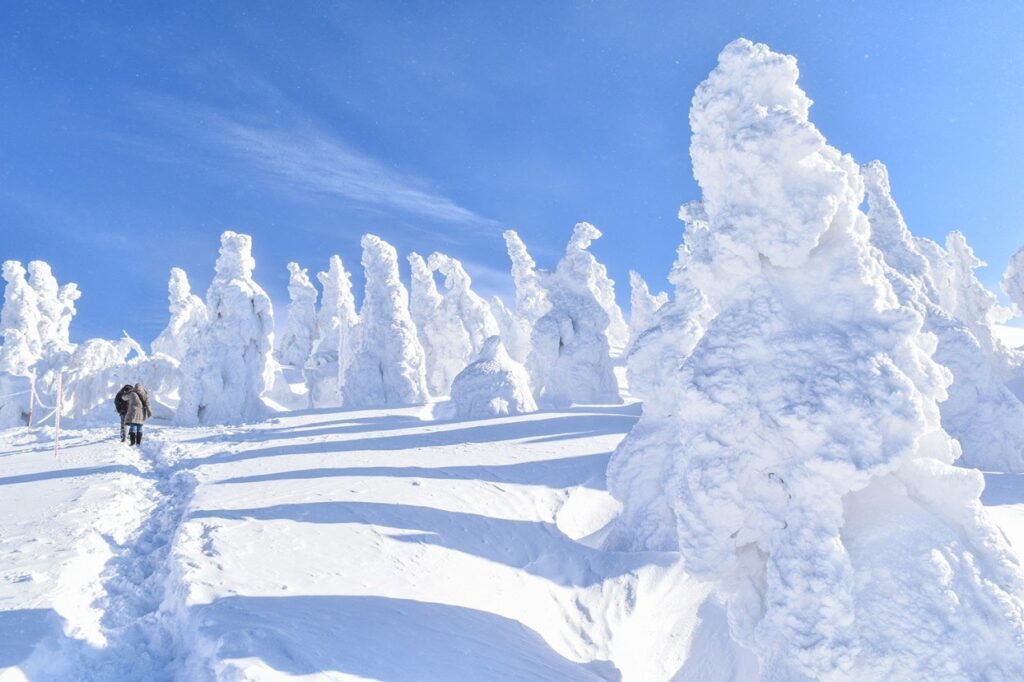

Moriyoshi,” one of Japan’s three most famous ice trees along with Zao in Yamagata Prefecture and Hakkouda in Aomori Prefecture.
At Moriyoshi-san Ani Ski Resort, from early January to early March, you can view the tree ice, also known as snow monsters, which only occur under certain conditions.
Tsuru-no-yu Onsen
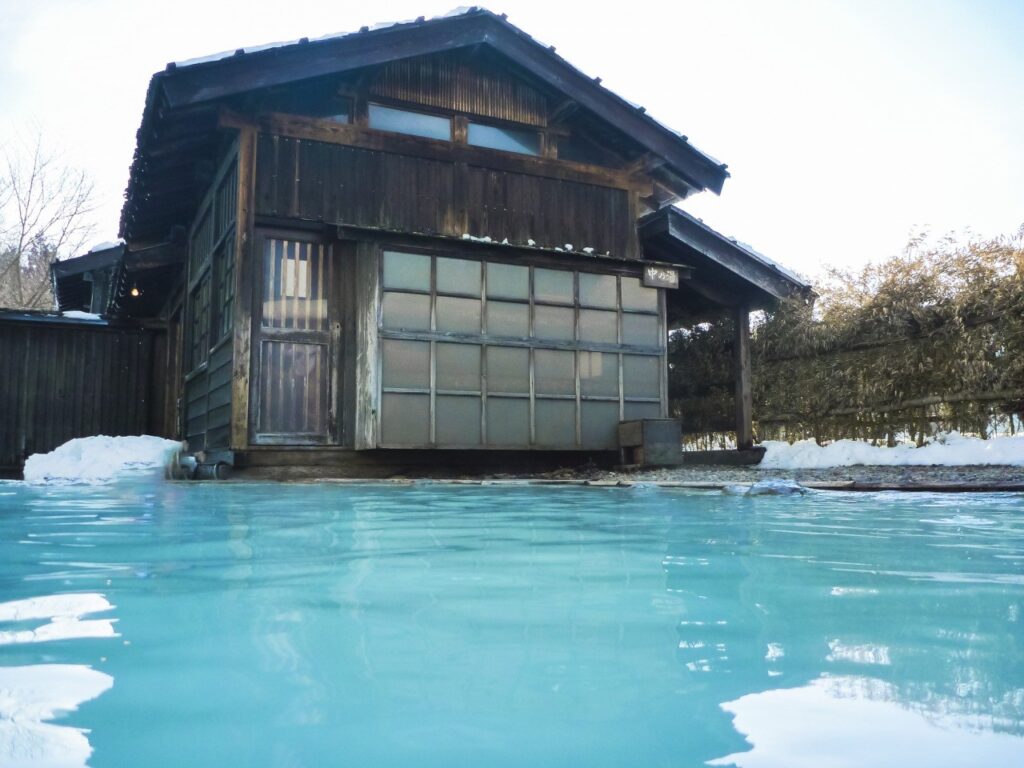
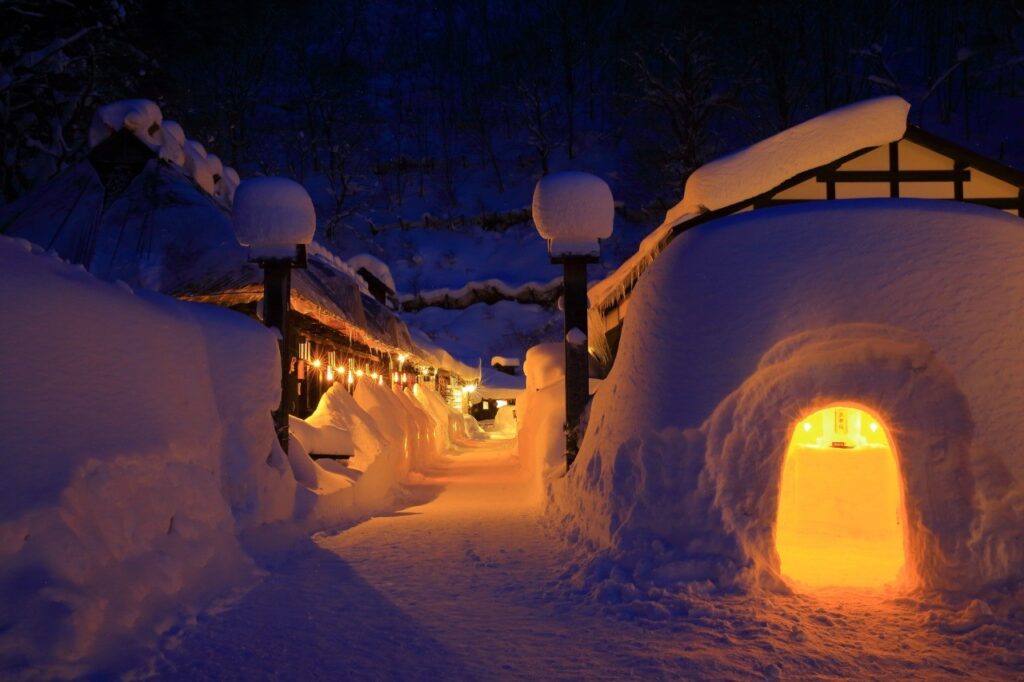
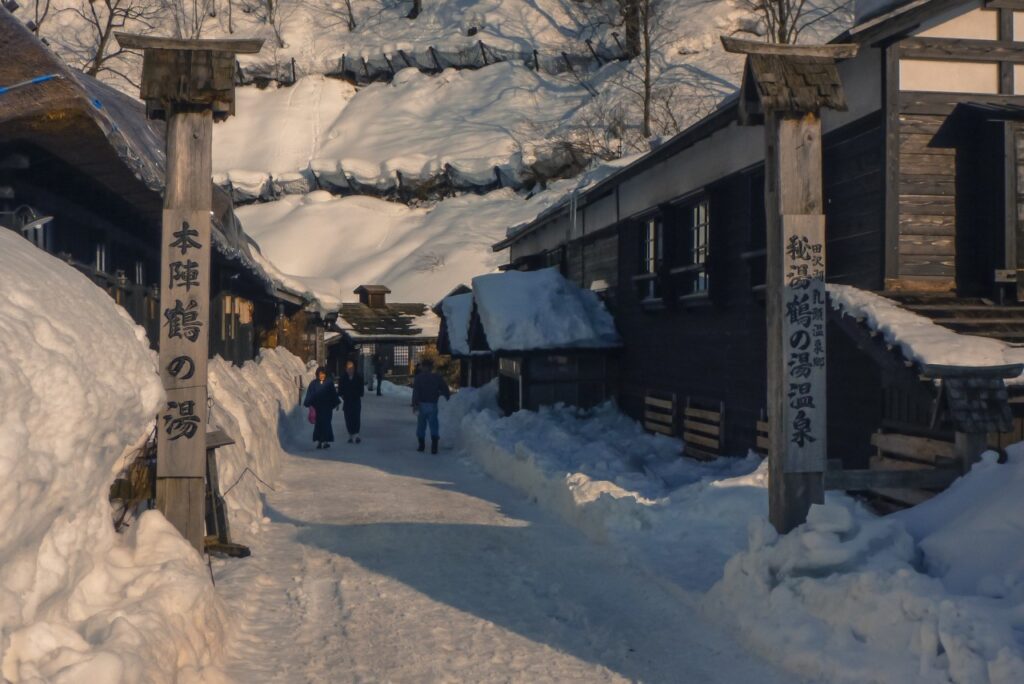
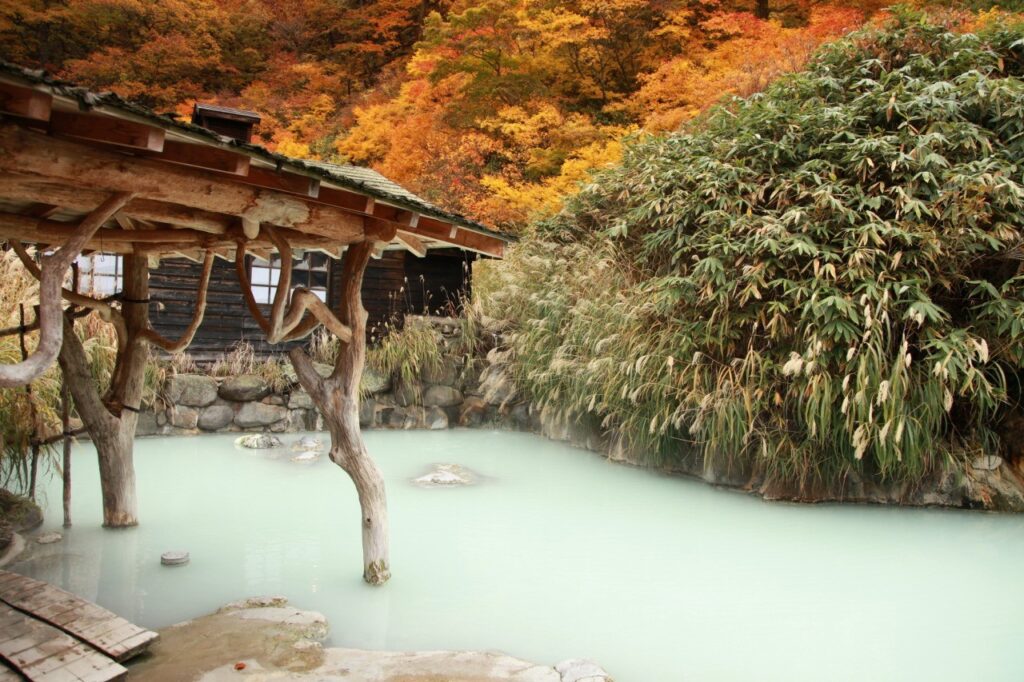
Tsuru-no-yu Onsen is the oldest of the Nyuto Onsenkyo hot springs, and was once a therapeutic bath for the feudal lord of Akita. Passing through the gate, which can be said to be the entrance to Tsuru-no-yu, you will find a series of black walls and thatched roofs, and you will feel as if you have stepped back in time to a former inn town.

